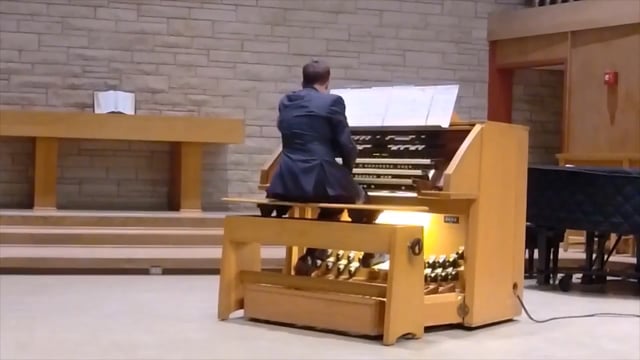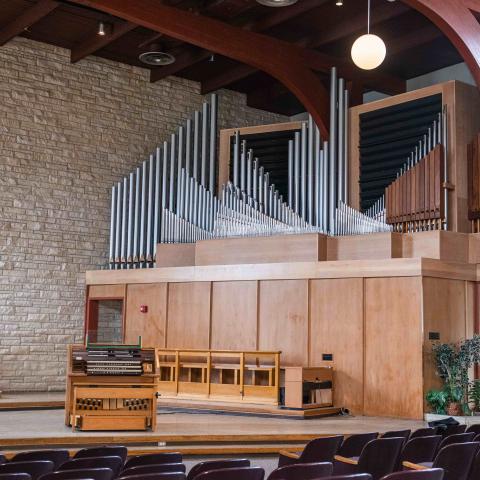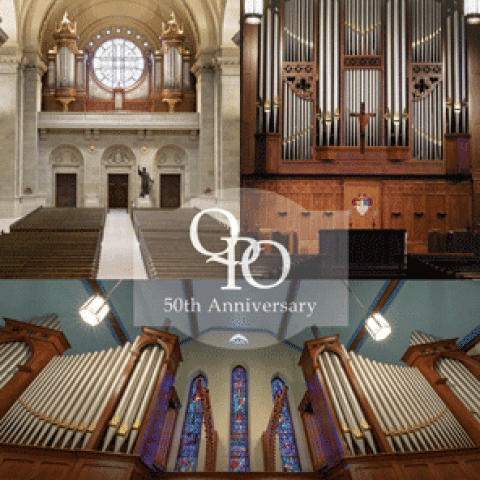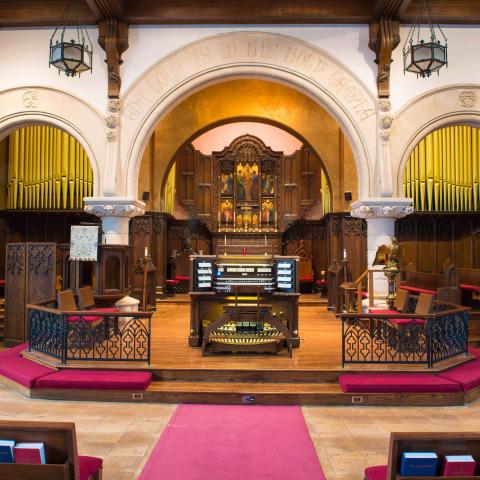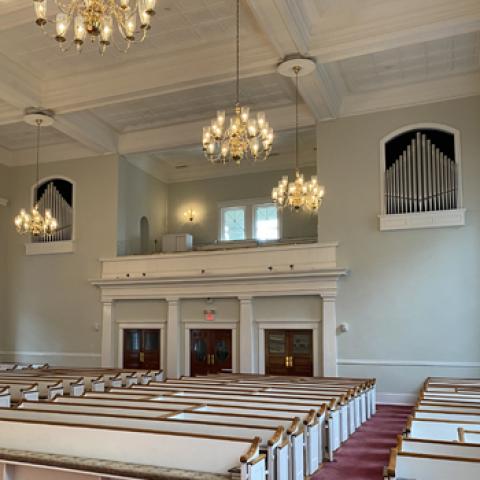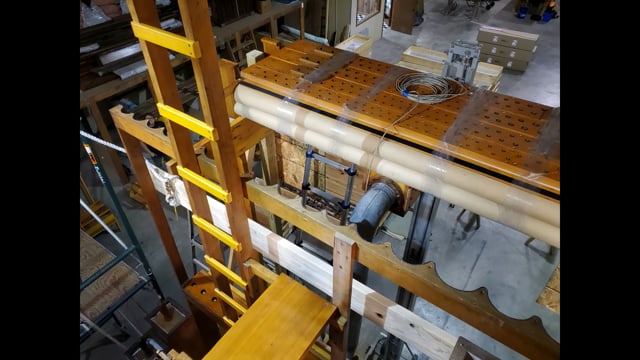
Quimby Pipe Organs, Inc., Warrensburg, Missouri, has restored Austin Organs Opus 2352 at All Faiths Chapel, Kansas State University, Manhattan, Kansas.
Built in 1961, Opus 2352 was one of the earliest American Classic performance organs to appear at an academic institution in the region and certainly the first that was larger than thirty ranks. This organ, designed by James B. Jamison, tonal architect at Austin Organs, Inc., from 1933 to his death in 1957, reflects the builder’s tonal ideals of the 1950s, which differed in some ways from those of the American Classic movement.
This stoplist was modeled after Jamison’s “Minimum All-Purpose American Organ,” defined by Jamison as “the smallest organ that will adequately play any classic organ literature properly, accompany a dignified church service, congregational singing, mixed or boy choirs, [and] facilitate transcription and improvisation.”
After nearly fifty years of regular and sometimes heavy use, the organ was on the verge of needing significant maintenance: note and stop action releathering, pipe cleaning, stenciling, and tonal regulation, new tuning slides (particularly for exposed pipework), wind reservoir repair, and reed cleaning. University administration awarded funds to cover the releathering and reed cleaning aspects of the project that were completed by Quimby in 2014. The remaining aspects of the project were completed by Quimby in 2022, thanks to the support of the Kansas State University Foundation that helped elicit the support of donors who funded the remainder of this project.
32 voices, 40 ranks, 2,458 pipes
The organ is featured on the cover of the August issue of The Diapason:
https://www.thediapason.com/content/cover-feature-quimby-restoration-kansas-state-university
For information: https://quimbypipeorgans.com/
Other organ builder news:

